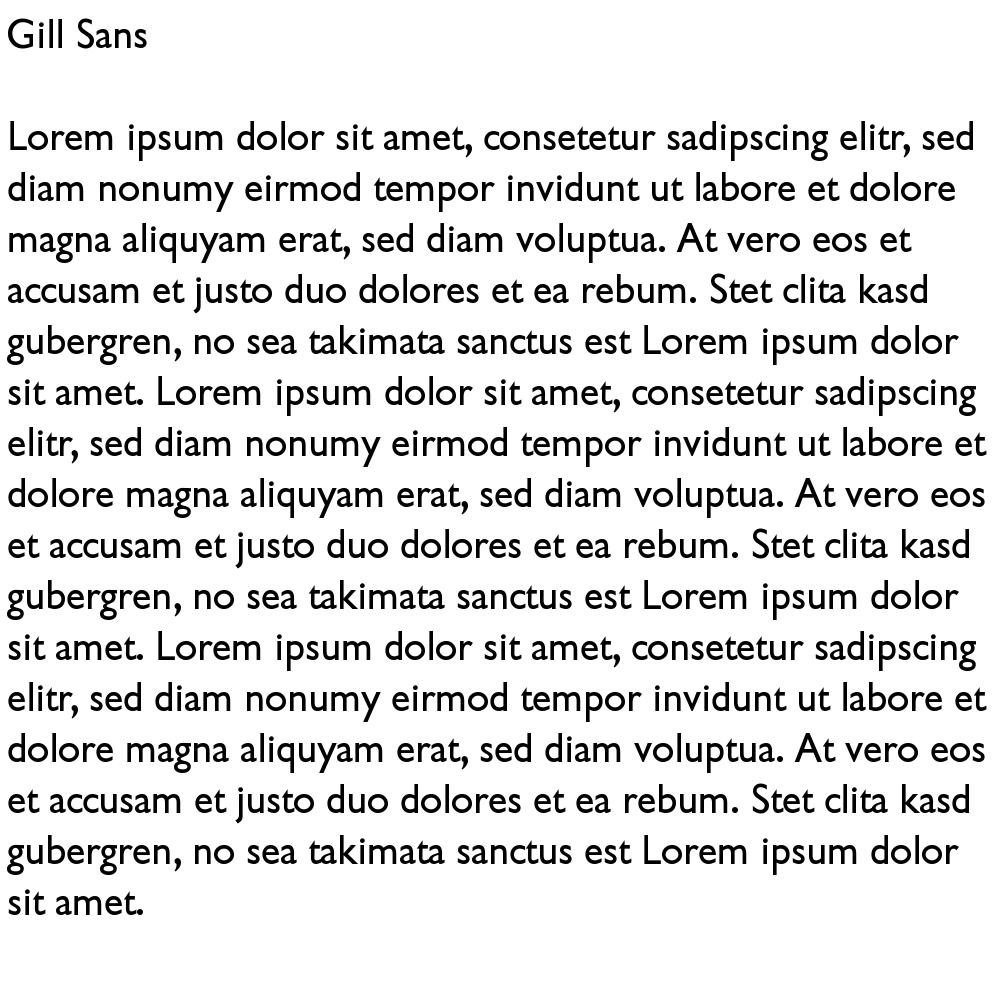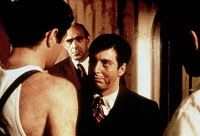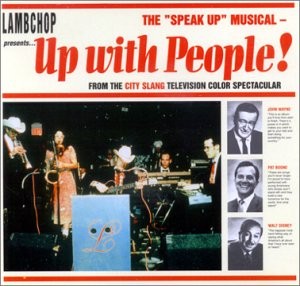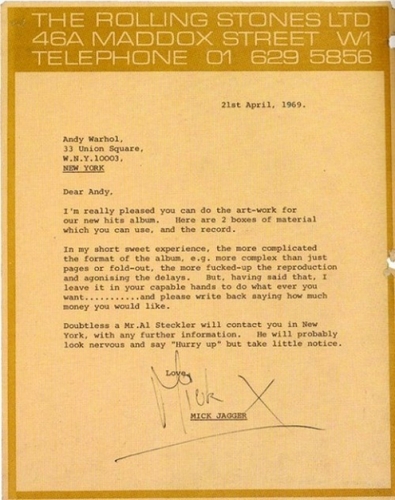your body copy is irrelevant
 Tuesday, January 25, 2011 at 7:33AM
Tuesday, January 25, 2011 at 7:33AM  There are people who think that you can communicate things in the body copy.
There are people who think that you can communicate things in the body copy.
I've had some of them as clients, and some of them as co-workers.
They'll say things like, "Change the second line in paragraph six to reflect our key message of inclusiveness," or "I put your priority point about social responsibility over here on the top of page two," and not see the problem. They have a very pretty hierarchy of priorities and messaging in their heads, or maybe sitting on the badly written brief in front of them, not realizing that your consumer is being bombarded by thousands of messages every day and that if and only if you hit them with a message that's relevant and memorable and different and singular, they might just remember it.
A message. Singular. One.
If you're good. And thoughtful. And you plan. And everyone on your team does all this too. And you're incredibly lucky.
This is why writing good briefs means collapsing the message into something as compact as possible. Focus everything on one message, a selling idea or USP or whatever, and your work stands a fighting chance of working. If your message is about inclusiveness, then that's what the ad/DM/email/event/thing is about. If it's about social responsibility, then your brief is focused on that and discards everything else.
Write a brief which doesn't compress the messaging, and you get a long list of bullet points that will need to be wedged into your work. Yes, that will be memorable indeed...
And that's true for clients, for account people and creatives. Everyone needs to understand it – more than that, they need to feel it in their bones. They need to think like the consumers they are in their ordinary life, when they're not being paid to pretend that somehow their brand is different. Because no brand – not Apple, not Nike, not Ferrari, not Google – is different.
No one gives a shit about body copy. No one remembers it. You're lucky if people even skim it, let alone focus enough to read it.
Your main message is your headline, or your subject line, or your OE teaser and Johnson box. Whatever triggers their engagement is what they'll remember. If anything. I know this because I've seen too many focus groups, too many clients – hell, too many agency people – who couldn't actually absorb secondary messages when they were in the actual business of reading those messages and understanding them.
You have to accept the fact that the body copy is just support, continuing the selling process to its hopeful conclusion. Yes, it should be brilliant. Yes, it should sell. Yes, you need to spend hours on it. And yes, somewhere in the back of your soul you should never forget that no one will read it.
For all the greatness of the original VW "Think small" ad, do you think anyone remembers its body copy?
Me neither. And I love writing body copy.


